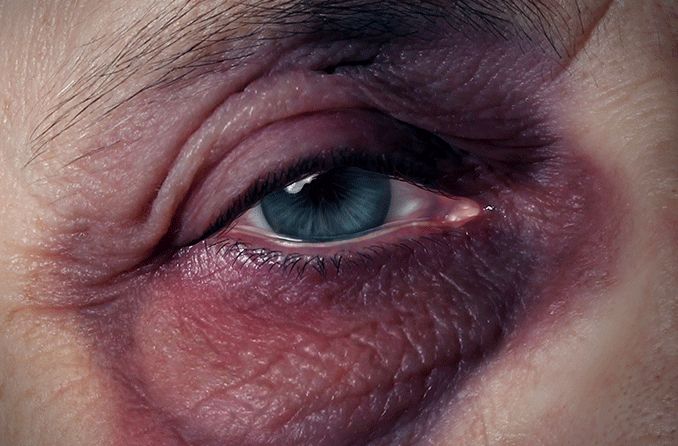The modern realm of health and fitness is highly reliant on medical devices. A key part of most of the equipment is medical sensors that help with their safe operation. You’ll find different types of medical sensors installed in hospital wards, ICUs, lab equipment, GP offices, dental devices, and domestic self-care products.
They’re also commonly found in medical devices for monitoring, preventing, diagnosing, and treating an illness. Some examples include oxygen sensors in ventilators or SPO2 sensors in fitness bands.
The medical sensors used in ventilators have potentially saved countless lives in the war against COVID-19. Some hospital beds have sensors installed that stimulate improved blood flow and decrease recovery times. These sensors are only getting smarter, smaller, and more accurate as technology continues to evolve. The next generation of medical equipment is expected to provide improved treatments and patient care at home and in hospitals alike.
Role of Medical Sensors in Smarter Healthcare
As the quality of life continues to exceed, healthcare will become more and more convenient — which involves treatments being home delivered. That’s where smart healthcare comes into play, and it consists of small, accessible, and easy-to-use devices. The world is already innovating towards that future.
Fitness trackers and smartwatches are becoming more and more reliable and accurate with their remote readings. These devices have various sensors that gather valuable health data and communicate it to connected devices via linked apps.
The Requirement of Accuracy
As healthcare monitoring gets domesticated, it’ll result in cost savings and increased convenience for patients. One of the biggest challenges in the way of that transition is the requirement of accuracy. While there’s been a lot of progress, small-scale smart monitoring devices are still not as reliable and accurate as professional equipment in hospitals.
Even an uncalibrated device like an oxygen sensor can result in skewed readings. The scalability of domesticated healthcare requires stability, accuracy, and easy reconfigurability in medical sensors.
Calibration isn’t too technical with the proper guidance, but it’s still not as easy as it needs to be. For instance, you can calibrate an oxygen sensor using a guide to correctly calibrating oxygen sensors, but it’s tricky enough for the masses.
Benefits of Health Monitoring at Home
Once in-home devices become reliable and easy to read, their measurements can do wonders for improved remote treatments, diagnosis, and medical support for chronic illnesses.
In-home health monitoring will lead to decreased care costs, better disease management in the long term, and improved patient safety, thanks to regular automated data logs.
Home health monitoring devices use sensors to keep a close check on a patient’s vitals, such as their heart rate, blood oxygenation, BP, temperature, etc.
Diseases can also be discovered earlier which can be lifesaving through timely medical attention. For instance, smart systems can provide timely alerts if the SPO2 levels of a patient start declining — and that’d be a gamechanger for COVID-19 and other respiratory disorders.




